Sakhnin, Israel
TAEQ's Green Building of Sakhnin: Center for Environmental Research and Education
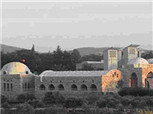
Background Information
TAEQ is a municipal collaboration that formed in 1993 as the first Arab-Israeli environmental organization in Israel. Governed by six Arab municipalities in Israel’s Galilee region, TAEQ promotes sustainable development while increasing public awareness and community-based action on environmental issues.
TAEQ’s Green Building initiative arose from the need to (1) conserve energy and increase energy efficiency in Galilee, (2) increase professional capacity in the region, (3) address economic challenges associated with the Arab sector of Israel, and (4) improve collaboration between the multicultural groups within Israel, specifically Jewish and Arab Israelis.
Goals of the Initiative
The goals of the initiative are to influence the policy and practice of energy conservation in the region’s public sector buildings by demonstrating a real-life case study of a green building that serves as an educational center and place of collaboration between Jews and Arabs in Israel and beyond.
Parties and Partners to the Initiative and Resources Used for Implementation
Mayors of Sakhnin, Dier Hanna, Arrabe, Kaukab, Eilaboun, and Bouwene Nugedat - TAEQ is executed by the mayors of each municipality, with the leadership seat rotating every two years (public)
TAEQ Executive Director and professional staff (public; leading partner)
Municipal staff of Sakhnin, including urban planners, city engineers. (public)
Architect (private)
Funding contributed by the Beracha Foundation (NGO) and the European Union’s MED ENEC program (public)
The resources used for implementing the initiative include:
TAEQ’s initiatives are partially funded by Israel’s Ministries of Education and Environment, but mostly by competing for grants for specific projects. The construction of the green building was made possible with funding from the Beracha Foundation (including the purchase of materials produced locally), but the addition of its energy-conserving elements came from a competitive award from the European Union, the MED-ENEC program. In addition, the Center’s educational and research activities housed within the green building are also funded internally by Israel as well as externally through grants. Finally, volunteers and interns also provide valuable services to the Center.
Innovation for the Initiative
The Center is revolutionary because “green building” is relatively new to Israel, especially to its Arab sector. Although renown for water conservation for decades, Israel only released its green building rating system, a revised Standard 5281, in the summer of 2010, a full ten years after the planning of the Center began, and five years after the construction of the Center was completed.
The green building that houses the Center has a number of energy-saving and alternative energy technologies, such as solar photovoltaic panels and a wind turbine, which are new to the region. The green building does not have a mechanical heating and cooling system and was designed to be a “near-zero energy” facility.
The innovation in technology includes the technological elements of photovoltaics and a wind turbine, but the building is also an innovative hybrid of modern energy saving elements and traditional Arab architecture. The building is revolutionary in the way it includes traditional Arab architectural features, which passively bring in cool air and natural daylight, a design feature that has gone missing from modern architecture in the region. This is especially important in an area where the minority groups are trying to hold onto their cultural heritage and identities. The facility also serves as a “proof of concept” for energy conservation that is demonstrated to 60,000 visitors annually.
The decision to create a hybrid building came from the desire to exhibit modern technology with traditional Arab architecture. This traditional architecture is disappearing in place of modern designs, and a conscious effort is being made to consider the benefits of traditional design with modern comfort and utility. The resulting green building is a source of pride for the Arab municipalities as it not only demonstrates the environmental and economic benefits of energy conservation, but also displays the wisdom of their ancestors who implemented these passive architectural elements, including malkafs, mashrabia, tizanas, and domes.
Furthermore, the initiative is one of the only to promote collaboration between Jewish and Arab Israelis to improve their shared environment. The Center serves as a bridge for peace between the six Arab municipalities and the neighboring Jewish villages, as well as between Jewish Israelis and Palestinians of the Occupied Territories.
-
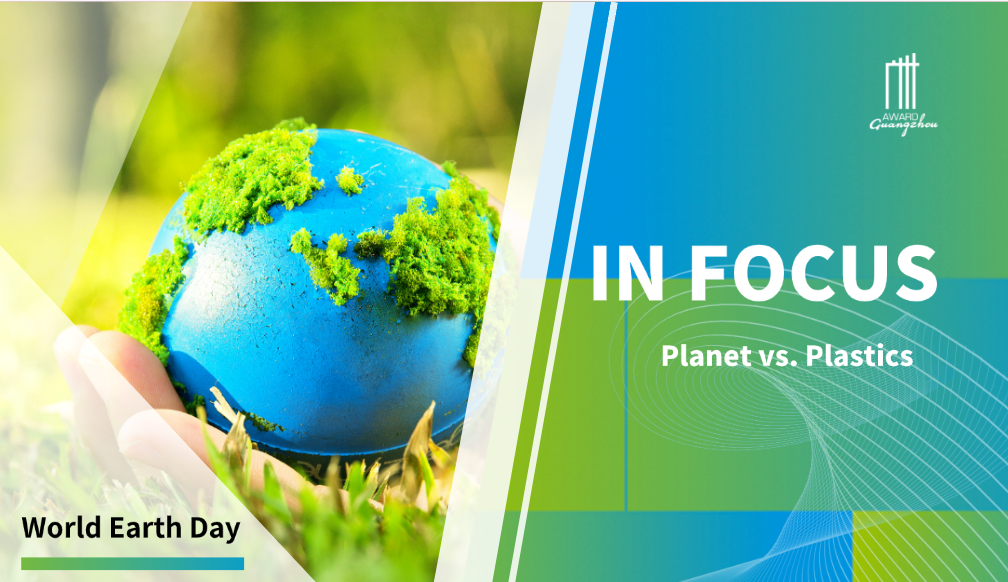 In Focus | The World Earth Day: Planet vs. Plastics
In Focus | The World Earth Day: Planet vs. Plastics -
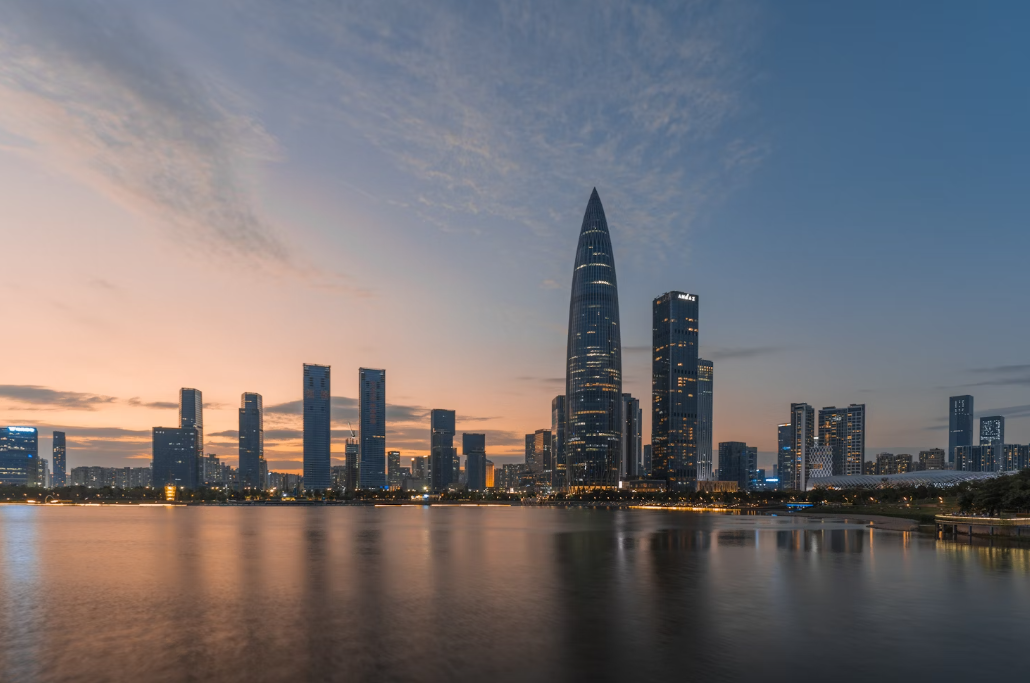 Urban Innovation in China | Shenzhen: How to Maintain Momentum to Achieve Carbon Peak by 2030 While Leading Green and Low-Carbon Development?
Urban Innovation in China | Shenzhen: How to Maintain Momentum to Achieve Carbon Peak by 2030 While Leading Green and Low-Carbon Development? -
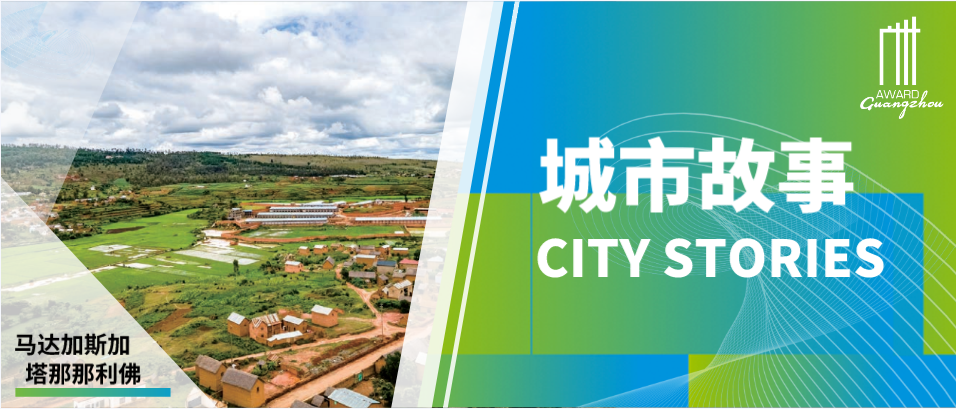 City Stories | Antananarivo, Madagascar: Building Resilience in the City Food System
City Stories | Antananarivo, Madagascar: Building Resilience in the City Food System -
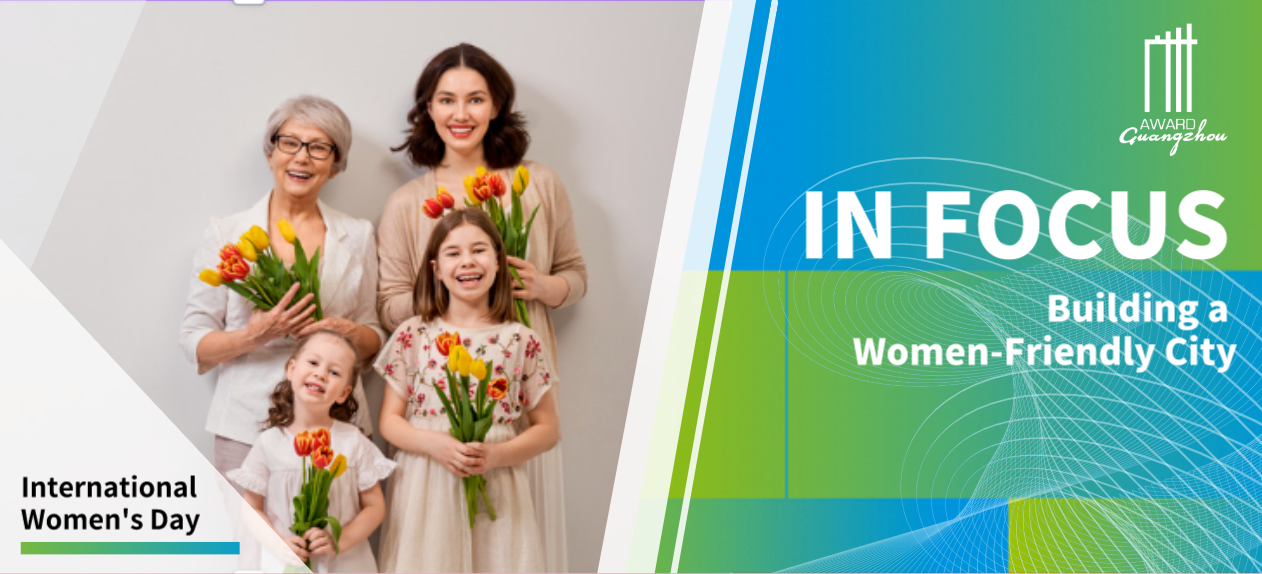 In Focus | International Women’s Day: Building a Women-Friendly City
In Focus | International Women’s Day: Building a Women-Friendly City























 Tel: +86 20 3780 4434
Tel: +86 20 3780 4434 Email: info@guangzhouaward.org
Email: info@guangzhouaward.org Address: Rm 1609, FuLiXinTianDi, No.307 Guangzhou Dadao Zhong, Yuexiu District, Guangzhou, Guangdong, 501600, PRC
Address: Rm 1609, FuLiXinTianDi, No.307 Guangzhou Dadao Zhong, Yuexiu District, Guangzhou, Guangdong, 501600, PRC




